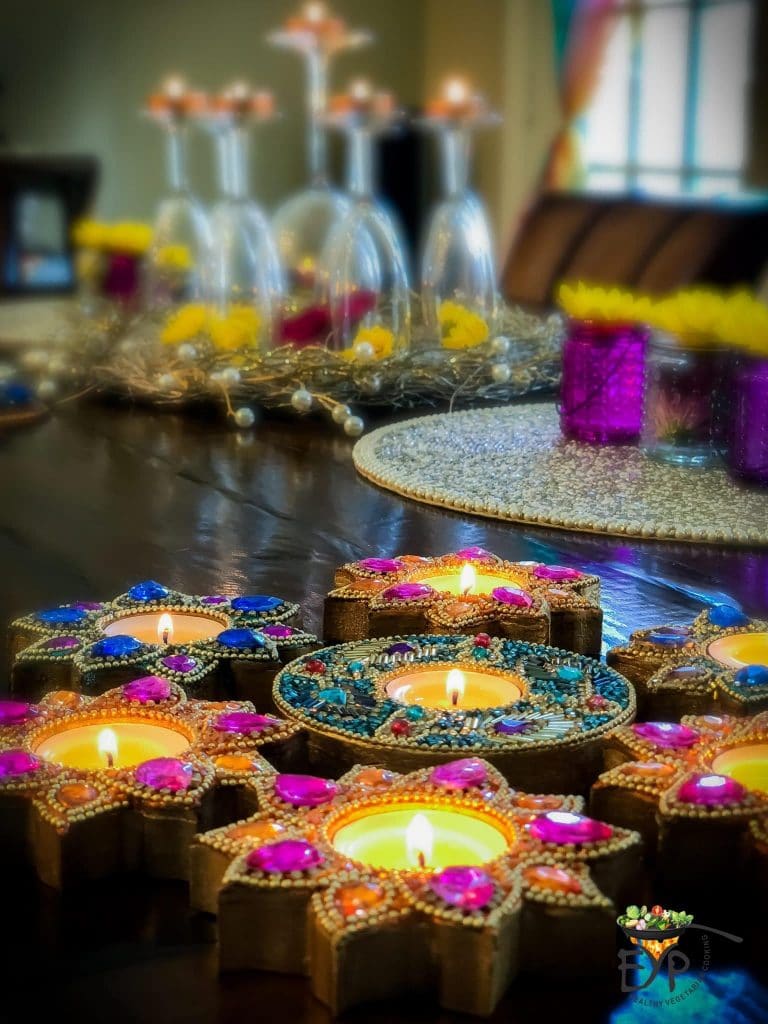7 Ways Hindus Decorate Their Homes for Festivals

Hindus around the world celebrate numerous festivals throughout the year, each marked with unique traditions and decorations. These festivals not only honor religious sentiments but also bring families and communities together in joyous celebration. Here are seven delightful ways Hindus decorate their homes during these festive occasions.
1. Rangoli Designs

One of the most iconic symbols of Indian festival decoration is the Rangoli. This art form involves creating intricate patterns or motifs on the floor using materials like:
- Rice powder
- Colored powders (gulal)
- Petals of flowers
- Colored sand
Rangoli designs vary by region, with each having its distinct style:
- Southern India: Here, the focus might be on geometric patterns.
- Northern India: Free-form designs and the use of natural colors are prevalent.
- Western India: Simplicity with floral designs often used during festivals like Navratri.
🔍 Note: Rangolis are typically made at the entrance of homes to welcome gods and guests.
2. Torans and Bandhanwars

On festival days, doorways are adorned with Torans or Bandhanwars. These:
- Are made from mango leaves, marigold garlands, and beads.
- Symbolize an invitation for prosperity and good fortune.
- Offer a traditional aesthetic touch to the entryway.
✨ Note: Torans and Bandhanwars are believed to repel negative energies.
3. Floral Decorations

Floral decorations play a vital role in Hindu festivals:
- Marigolds and roses are commonly used for garlands, strings, and loose petals.
- They are used to decorate idols, deities, and even vehicles during festivals like Ganesh Chaturthi.
- Flowers are symbolic of beauty, transience, and the divine.
4. Lighting with Diyas and Lamps

Lighting is fundamental to Hindu festival decorations:
- Clay Diyas are lit to signify the victory of light over darkness.
- Modern electric lamps or lanterns are often used for safety and aesthetics.
- These lights create an inviting ambiance and are placed around the house, particularly on Diwali.
5. Idols and Murals

Idols of deities:
- Are cleaned, painted, and beautifully decorated for festivals.
- Murals or wall hangings depicting religious themes are also prominently displayed.
Example: During Ganesh Chaturthi, idols of Lord Ganesha are adorned with elaborate clothes and ornaments.
6. Colours and Wall Hangings

Adding vibrant colours:
- Paintings of gods and goddesses, auspicious symbols, or traditional art forms are displayed.
- Festive wall hangings or tapestries enhance the decor with vibrant colors and themes.
7. Traditional Utensils and Decor

Homes also feature:
- Traditional utensils like Kalash, which are filled with water or rice and decorated with leaves and flowers.
- Dhuna (incense sticks) and Dhoop (incense cones) are used for their fragrance and to create a serene environment.
Each festival, with its unique customs and decorations, helps in preserving cultural heritage and strengthens community bonds. From the elaborate patterns of Rangoli to the simple lighting of Diyas, these decorations do not merely enhance aesthetics but are steeped in spiritual significance, reflecting the deep-rooted traditions of Hinduism.
Why do Hindus make Rangolis during festivals?

+
Rangolis are believed to invite Lakshmi, the goddess of wealth, into the home and signify a welcome to all. They are also considered a form of offering to deities.
What is the significance of using Torans and Bandhanwars?

+
These decorative elements are used to invite good fortune, repel evil spirits, and to make the entrance visually appealing for festival celebrations.
How do families incorporate idols into their festival decorations?

+
Families honor deities by cleaning, decorating, and setting up idols in prominent places in the home, often creating a makeshift temple or shrine for the duration of the festival.



